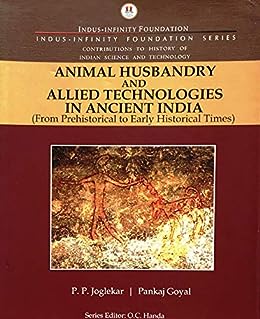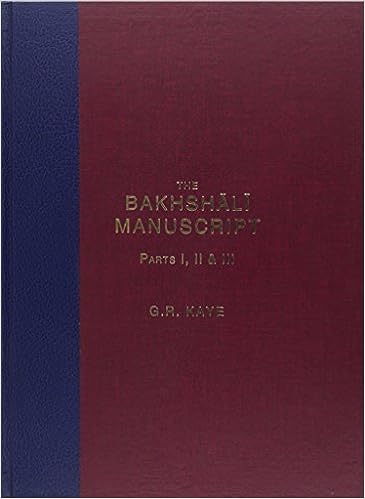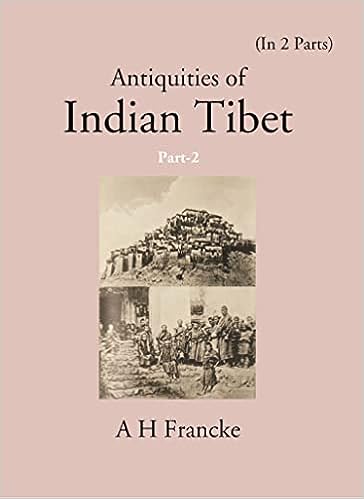Description
Humans have very interesting relations with animals. The interaction moved from predator-prey to a balanced association of co-existence over approximately the last ten thousand years. Humans adopted many methods of controlling the animals to build up a secure resource base through animal husbandry followed by domestication. To gain benefits from the domestic animals, humans used several technologies. The developments that took place in this regard in the Indian subcontinent form the focus of discussion, with appropriate background of changes occurring in animal husbandry practices and associated technologies elsewhere in the Old World.
In the present book, the story of interaction between humans and animals has been retold in a very lucid and simple manner for the benefit of the general educated reader. Attempts have been made here to provide information to understand the changing human relation with animals and the long-term and far-reaching consequences thereof for human society.
The book is structured in eight chapters in such a way that each of these is independent by itself, but collectively these present the history of human-animal interactions in the Indian subcontinent. Thus, while each chapter is complete by itself, together these open up a vast spatiotemporal vista of the human-animal relationship.
The first chapter introduces complex ways of human interaction with the animals during the primitive past. The second chapter examines various dynamics of animal domestication. The third chapter deals with different processes of domestication of animals. The fourth chapter is focussed on archeo-faunal data recovered from the palaeolithic and mesolithic sites in the Indian subcontinent. The fifth chapter, divided into three sections, explores the early farming cultures of South Asia. The sixth chapter is devoted to the animals in the Indus Civilisation. The seventh chapter deals with the post-Indus cultures of South Asia, and the last chapter attempts to recapitulate the main issues taken up in the study and to visualise what the future holds for the human-animal relationships.






Reviews
There are no reviews yet.